The Sell: H.4216 is a guaranteed tax cut for everyone.
Reality: It’s not. This bill flattens the income tax rate to 3.99% (can we just say 4%).
Nearly 60% of taxpayers will actually pay more. Only about 1 in 5 South Carolinians see a cut next year. Also worth noting is that the fiscal analysis is based on 2022 tax return data (not current filings), so the actual impact could be broader or different than projected.

Why did they use 2022 tax data?
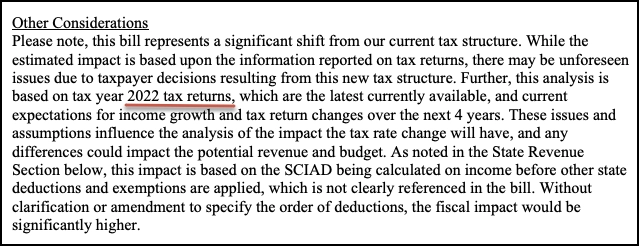
The Sell: The rate will automatically drop to 2.49%, saving billions.
Reality: That rate drop isn’t automatic. It’s tied to narrow revenue projections with a long list of conditions.
The bill says individual income tax revenue (not general fund revenue) has to grow by at least 5% each year, excluding amounts transferred to the Trust Fund for Tax Relief, for the rate to drop incrementally.
H.4216 Bill Text: “(B)(1) Notwithstanding the provisions of subsection (A), beginning with Tax Year 2027 and each year thereafter, the income tax rate set forth in subsection (A) must be decreased if individual income tax revenues collected pursuant to this chapter, minus amounts credited to the Trust Fund for Tax Relief, are projected to increase by at least five percent in the fiscal year that begins during the tax year in comparison to projected individual income tax revenues collected pursuant to this chapter, minus amounts credited to the Trust Fund for Tax Relief, for the current fiscal year. The reduction required by this subsection shall continue until the income tax rate equals 2.49 percent.”
Now, let’s think about this.
Individual Income Tax Revenue Projections:
FY 2024–25: $6.07B
FY 2025–26: $6.30B → 3.8% growth
FY 2026–27: $6.67B → 5.8% growth
FY 2027–28: $6.95B → 4.2% growth
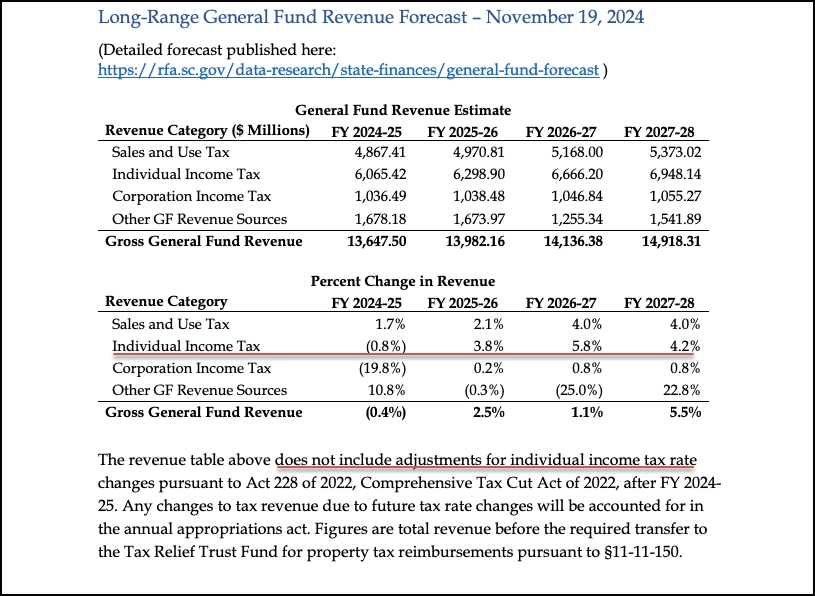
The 3.8% for FY 2025–26 falls short of the 5% trigger, so no tax rate drop yet. But yes, the forecast shows 5.8% in FY 2026–27, which would qualify for the first reduction if it holds.
Where’s that 5.8% growth coming from? According to the BEA, it’s fueled by rising personal income (supposedly back to pre-pandemic levels), population and job growth (thanks to all the people moving here, for now), and stronger withholdings from wage growth. But here’s the question. Does any of that keep pace with the cost of living?
Wait up!
The projected 5.8% jump in income tax revenue is based on the current income tax rate, and it doesn’t factor out the portion diverted to the Trust Fund for Tax Relief. So, is that growth overstated? Maybe. And even if the trigger hits in 2027, it only nudges the rate down a bit. Getting to 2.49% would take years of sustained growth just like this.
So no, it’s not a straight shot to lower taxes. It’s a long, conditional path and that assumes the economy behaves exactly how the forecast hopes it will.
The Sell: Lower-income earners get hit hardest.
Reality: Not quite. Many lower-income earners won’t see much change. They qualify for credits, the new SCIAD deduction, other state deductions and likely owe little to begin with. The real pressure hits middle-income families, especially those who don’t fully qualify for SCIAD and any credits or state deductions.
And about those credits and deductions, keep in mind that when one group gets a break, someone else picks up the tab and it’s usually the people without lobbyists.
The Sell: Middle-income families get a break too, just like everyone else.
Reality: Not true. Many middle-income earners, especially those with kids or modest dual incomes don’t fully qualify for SCIAD or enough credits to offset the flat rate. Their taxes go up while others with carve-outs pay less. It’s the middle class picking up the slack again.
The Sell: Legislators admit some people will see an increase but say it’s only temporary.
Reality: That “temporary” bump could last for years. And for many middle-income families, it’s a hit they simply can’t afford right now.
The Sell: High-income earners win big, so they should support the bill.
Reality: Maybe, for now. But long term? There’s no guarantee. If the revenue trigger stalls and the rate stays flat, how exactly does the state plan to fund its ever-growing budget? Because, make no mistake, the budget is growing. So what happens when the numbers stop working? Legislators scramble. New taxes. New fees. Repealed breaks. Nothing about that feels stable, and it’s certainly not conservative.
And when the tab comes due, who do you think they'll turn to? Probably the same high earners they just sold this bill to.
Side note. Ever read The Broken Window Fallacy by Frédéric Bastiat? You should. It’s a short story that exposes the trap of surface-level wins. Just because something looks like progress doesn’t mean it is. What you don’t see (the lost opportunity) is where the real cost hides. That’s exactly what this bill risks, celebrating a tax cut today while ignoring the financial corner we may be painting ourselves into tomorrow.
The Sell: This reflects what taxpayers want.
Reality: Most South Carolinians aren’t asking for slow, uncertain rate drops. They want to stop paying income tax, period. A 0% rate is simple, fair, and easy to understand. It’s the one thing lawmakers continue to avoid. Why is that?
The Sell: Groups are attacking this because they hate tax cuts.
Reality: No. We, the People, are asking valid questions about a policy that doesn’t match the headlines. Why are nearly 60% of filers getting a tax hike in year one? Why tie future relief to unpredictable revenue triggers? And why not propose the obvious solution, a 0% rate that gives real relief without gimmicks? Dismissing concerns as “class warfare” avoids the substance of the debate.
The Sell: This is the lowest flat tax in the nation.
Reality: No, the lowest flat tax is ZERO. South Carolinians won’t see 2.49% unless the economy performs perfectly for years. And even then, most people will still be paying more along the way. A lower rate on paper doesn’t help if your bill goes up.
The Sell: Our legislators are standing up for working families.
Reality: If the goal was to let working families keep more of their money, they'd start by shrinking government, not continue to expand it. Stop layering on new laws. Quit the endless spending spree. Ditch the complicated triggers and delays. Just be honest and propose what South Carolinians actually want: zero state income tax.
Bottom Line:
We, the people of South Carolina, want to pay 0% income tax.
If lawmakers were serious about tax relief, they’d stop growing government and give South Carolinians what they actually want: zero income tax. Just zero.
So why won’t they?
Maybe because government spending in South Carolina is out of control, cutting taxes without cutting spending isn’t relief. It’s a setup.
Disclaimer: The views expressed in this article are those of the author and do not constitute legal or professional advice. ConservaTruth assumes no liability for any actions taken based on this content. Read more.

Subscribe to ConservaTruth's Email Newsletter for curated insights on South Carolina's legislative activities and conservative viewpoints, delivered straight to your inbox! With vetted and easy-to-understand information, our newsletter empowers you to become an informed and engaged citizen, actively participating in safeguarding our cherished Constitutional values. Don’t miss out on crucial updates—join our community of informed conservatives today.
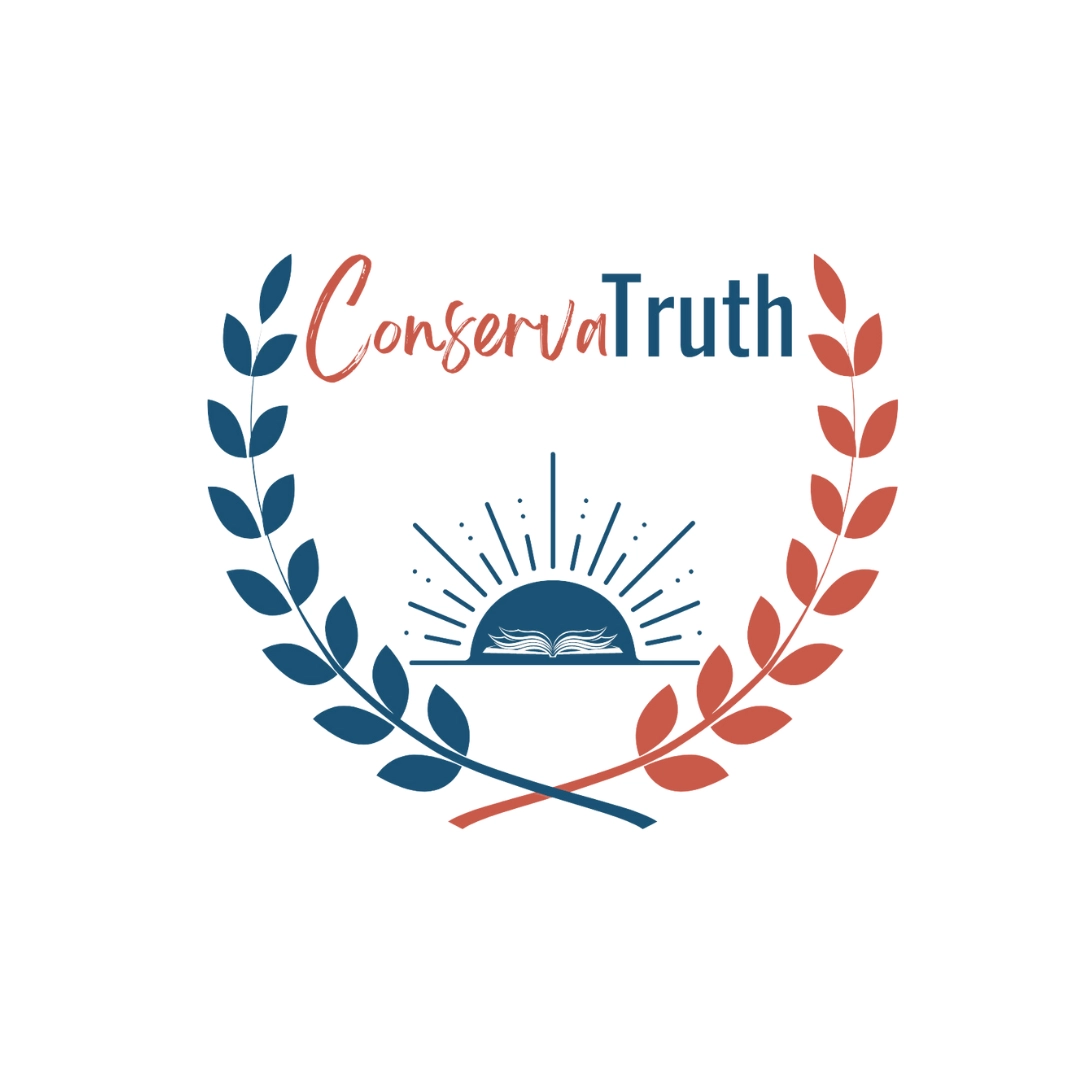
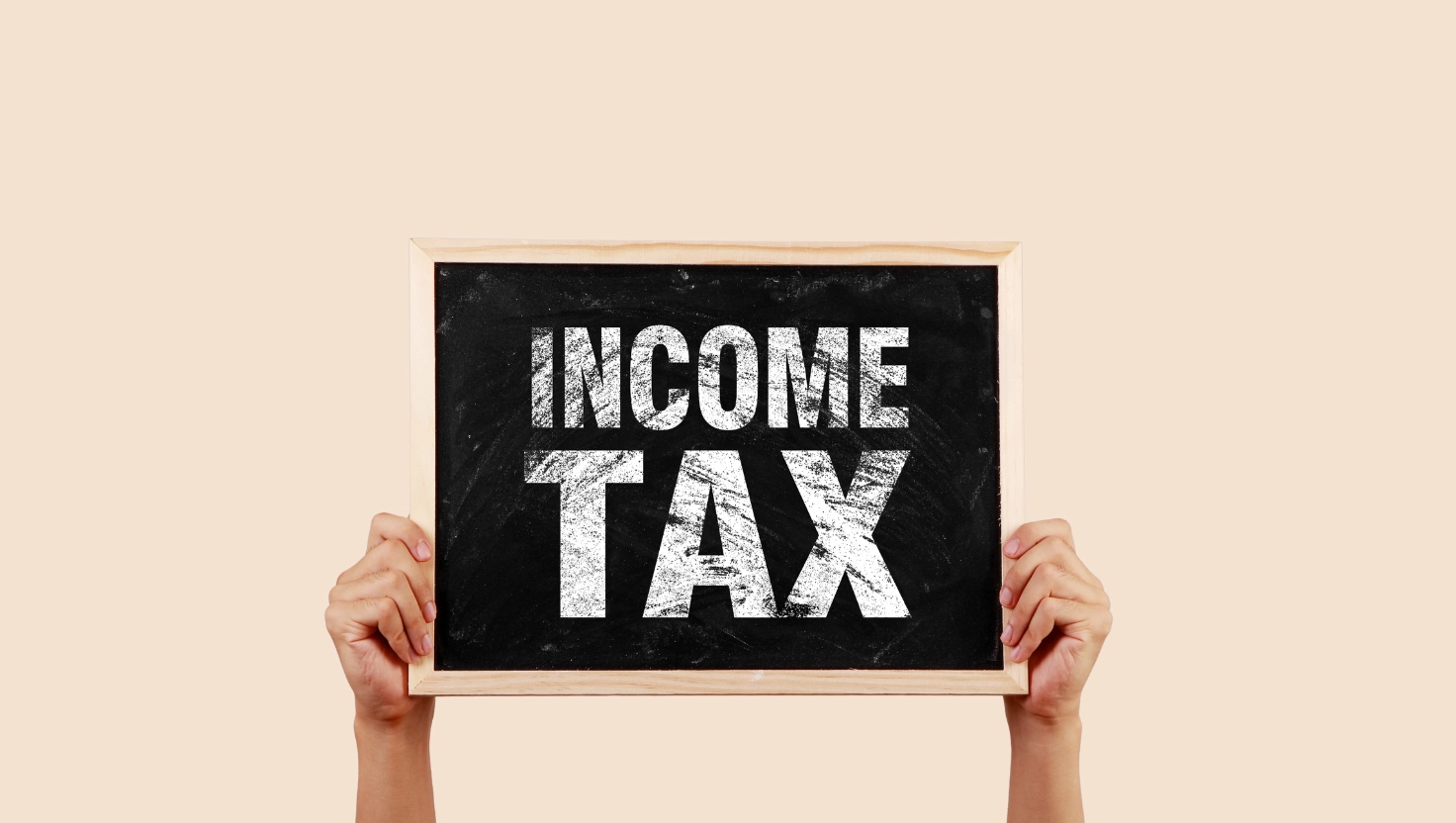

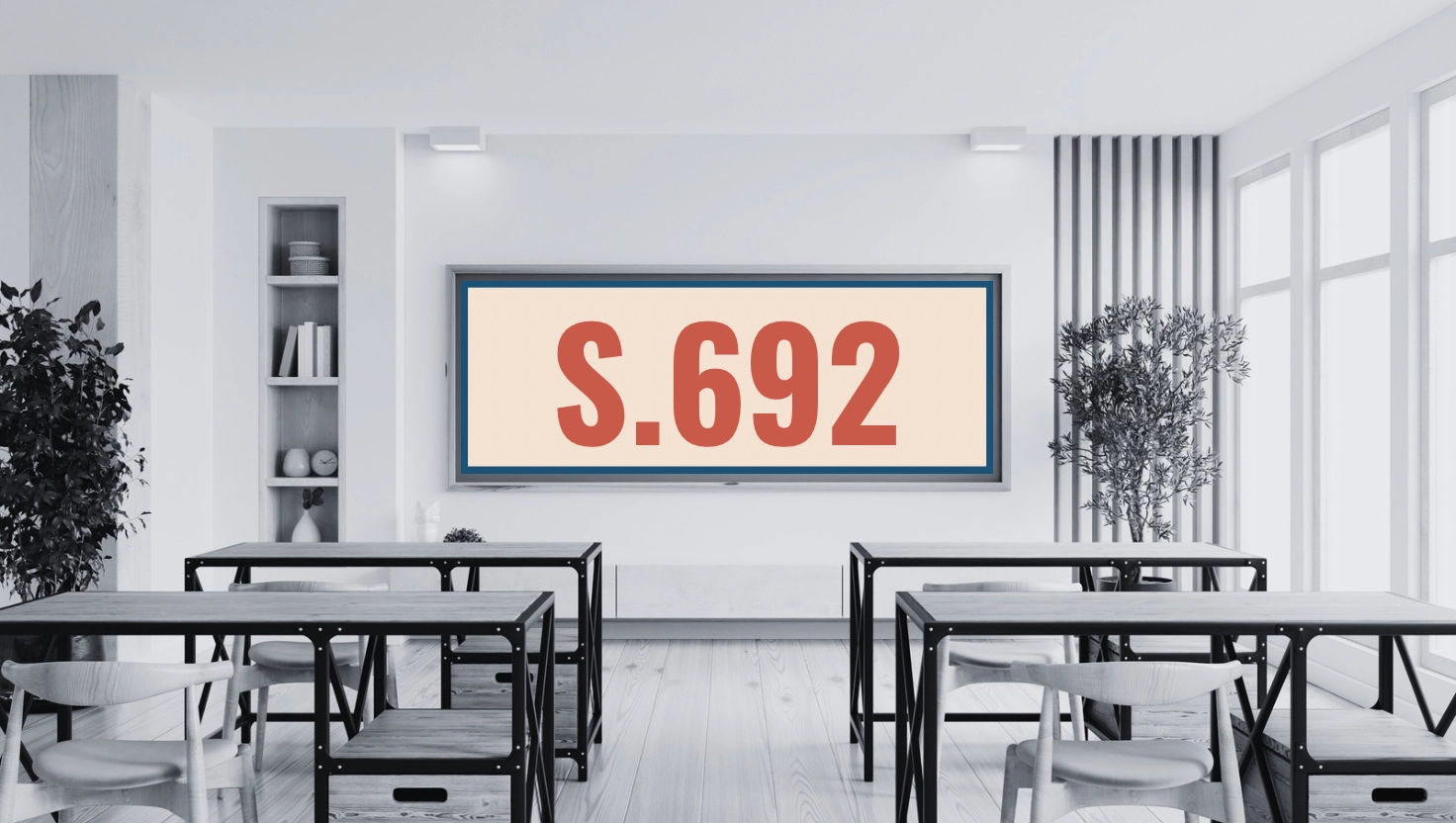
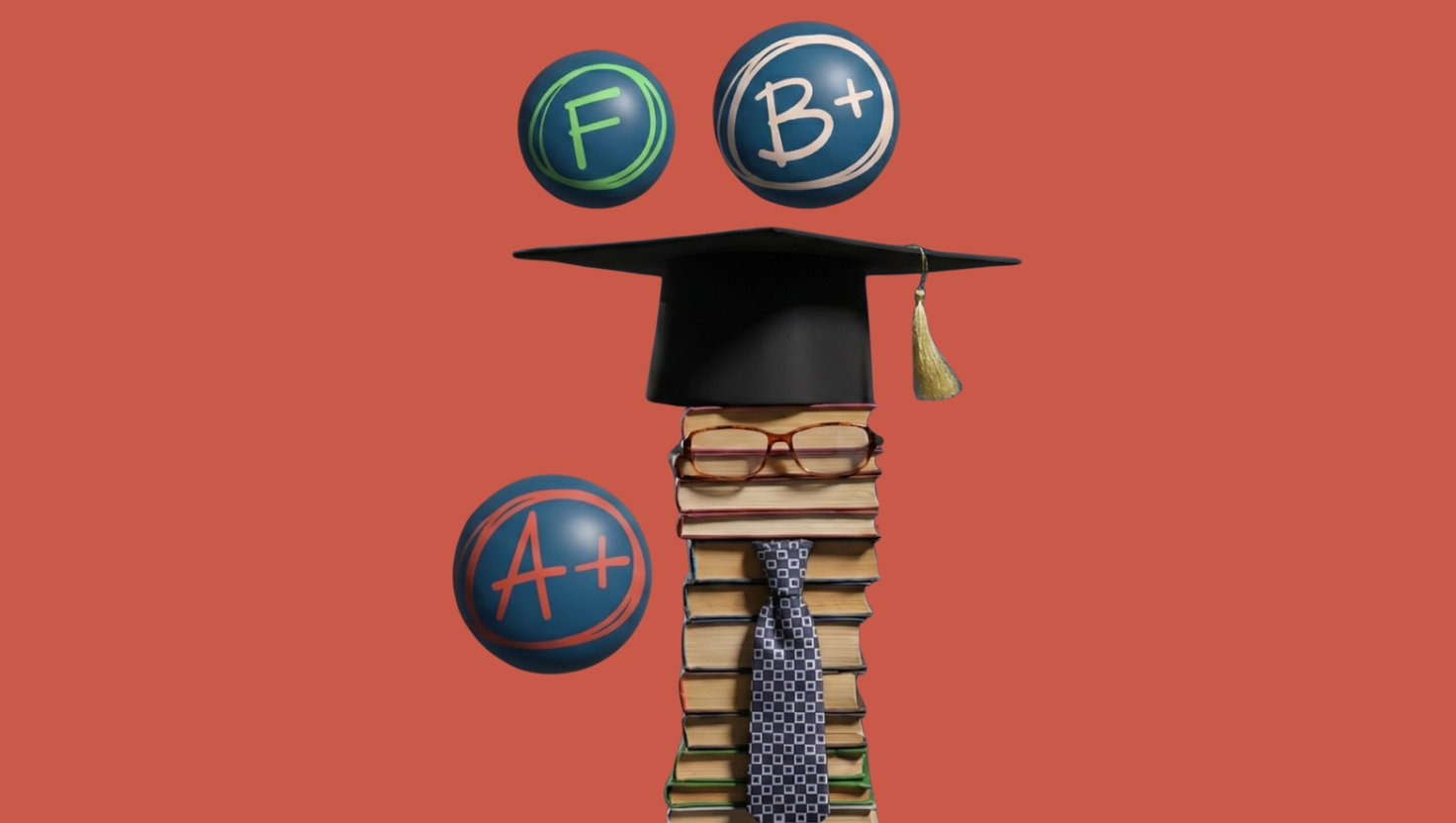
Comments